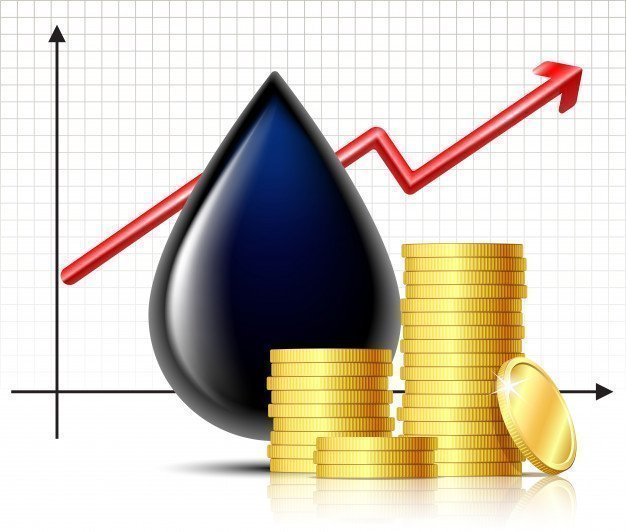Oil prices rose to over one-month highs on Tuesday amid weak US dollar-backed commodities and expectations that crude oil stocks in the US, the world’s largest oil user, will decline. However, rising coronavirus cases in Asia are limiting gains.
Brent crude futures for June delivery rose 66 cents, or 1%, to $ 67.71 a barrel at 0642 GMT, after hitting the session high of $ 67.97.
West Texas Intermediate (WTI) crude futures contracts for May delivery ended Tuesday, up 70 cents, or 1.1%, to $ 64.08 a barrel. The more active June contract was $ 64.02, up 0.9%, or 59 cents.
Buyers using other currencies are paying less for oil as the dollar is weaker.
The dollar index fell to a six-week low against other major currencies on Monday, following a decline in US Treasury yields last week, and remained low at 91,055 on Tuesday.
US crude oil and distillate stocks, which support prices, are expected to decline last week, while gasoline inventories are expected to rise.
The reports of the Energy Information Administration (EIA), the statistical arm of the US Department of Energy, to be released on Wednesday will give us clearer information that we can compare.
The Libyan National Oil Company (NOC) declared force majeure on exports from Hariga port on Monday and said the measure could cover other facilities due to a budget dispute with the country’s central bank.
It is said that the cut could reduce Libya’s oil production by 280,000 barrels a day and reduce production to less than 1 million barrels a day for the first time since October.
Saudi Arabia’s crude oil exports appear to be at their lowest in eight months, and the world’s largest oil exporter continues to be sensitive to voluntary production limits to support oil prices.
However, rising COVID-19 cases in India, the world’s third-largest oil importer and consumer, have dampened optimism about a steady recovery in global fuel demand.

